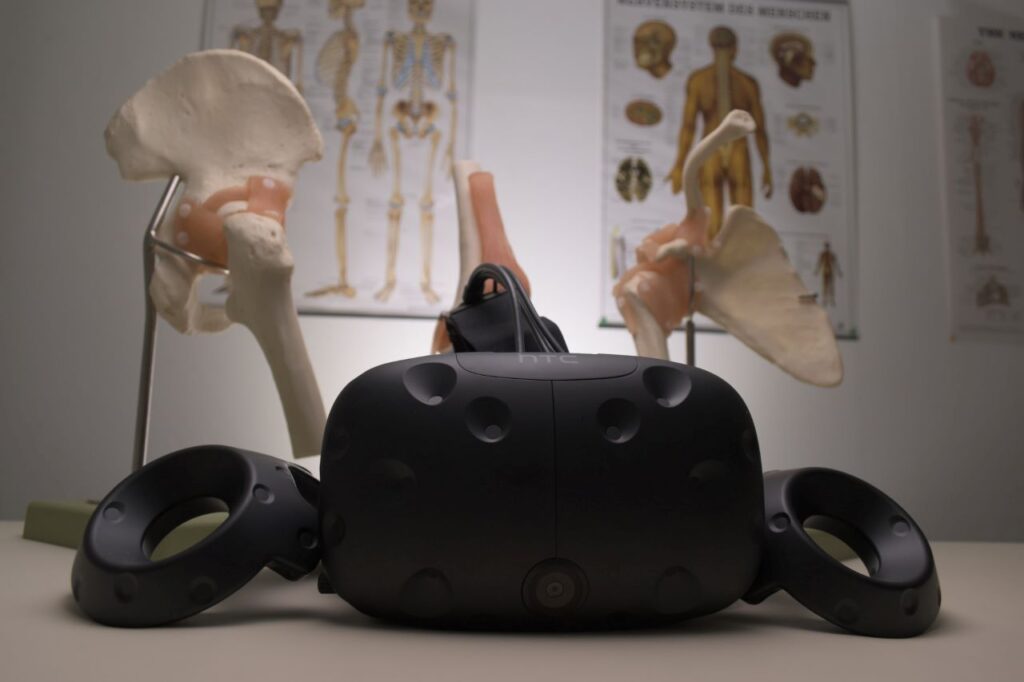Like most people, you’ve probably deleted some files on your computer and had a heart-sinking feeling seconds later. Fortunately, computers have several built-in features to prevent permanent damage. The Mac Show Hidden File safeguard is one such precaution for Macintosh computers. Here, we’ll dive into how it works and why you might want or need to use it.
Why Do Mac Computers Have Hidden Files?
Apple’s computers keep some system files concealed from users to prevent people from accidentally deleting something that could make the computer stop working correctly. Computers running versions of Microsoft Windows allow users to see system files in File Explorer. Mac computers hide those files as an additional safeguard. After all, you can’t delete what you never see.
Most file-storing devices — including computers — have integrated measures to stop you from accidentally deleting system-critical files or those you’d not want to lose. That’s a good thing since deletion can happen in seconds with a few clicks.
Deleted files on modern computers go into the Recycle Bin or Trash first. After that, you can remove them from there and put them back on your Desktop or elsewhere to prevent permanent deletion. All files there also remain accessible for several weeks before getting deleted for good.
Smartphones often have a similar feature. For example, an iPhone running iOS 16 or later stores deleted text messages for up to 40 days. Now that devices with touch-sensitive screens are so popular, it’s much easier to make a swipe or tap that you didn’t intend. That’s especially true if you keep your device in a pocket and forget to turn it off.
Plus, it’s also very common to see a warning pop-up message asking if you’re sure you want to move a file to the Recycle Bin or empty the Trash. That can help avoid mistakes. But some people are so accustomed to seeing pop-up messages online and elsewhere that they sometimes ignore those, too.
Do I Need to Access Hidden Files on My Mac?
Making a mistake when working with the hidden files on your Mac could ruin the computer. You should only try it if you understand the steps, know the consequences and feel confident in your abilities. That said, troubleshooting is the main reason why you’d want to see the hidden files on your Mac.
You might be in a situation where you fear your computer’s already ruined and want to access the hidden files as a last resort in fixing it. Alternatively, maybe you’ve already done some advanced self-diagnostics on your Mac in the past and been able to use that information to resolve issues.
Should You Delete Hidden Files to Clear Hard Drive Space?
The Mac Show Hidden File steps are not good solutions for cleaning up your computer to create more hard drive space. A better starting point is to become familiar with the types of files on your computer and their storage locations. It’s then easier to determine which files you genuinely need and find the non-essential ones.
Another option is to click into one of your Mac’s folders — such as Downloads — from the Finder and click the header to sort the contents by date. Most of us download PDFs, music files and other material and forget how quickly it can all add up. Sorting by date can help you find the stuff that has been on your computer the longest, which usually allows you to find what you can delete without adverse consequences.
Most Mac users will not need to see hidden files on their computers. Most won’t even know they exist. However, it’s good to know how to find them if needed. So, let’s go into a few ways to see your Mac’s hidden files.
Use Finder to Avail of the Mac Show Hidden File Feature
One way to access hidden files on your Mac is through Finder. Start by launching Finder via the dock. Then, click your hard drive on the left side of the Finder window in the Locations section.
Next, open your Macintosh HD, Applications, Desktop or Documents folders. Once you have, press Command + Shift + . (period) to make the hidden files appear. Do that again to make them invisible. You’ll notice that some files are greyed out, meaning you can’t interact with them. That’s a practical reminder that you can see hidden files on your Mac but not necessarily do anything beyond that.
Finder also lets you use its top menu bar to see the ~/Library folder. Start by clicking Go, which will show you shortcuts for accessing your folder’s hard drive. Hold down the Option key, and you’ll see a new Library entry appear that has no corresponding shortcut. Click it to see what’s inside the ~/Library folder.
See Hidden Files Through Terminal — and Hide Them, Too
You can also locate your Mac’s hidden files through the Terminal. Start by clicking the Launchpad from the dock. Then choose Other > Terminal.
Next, type defaults write com.apple.Finder AppleShowAllFiles true and press Enter. Keep the Terminal window open, type killall Finder and press Enter.
Once you do that, the hidden files will appear. Hide them again by replacing the true part of the above string with false.
You can also use Terminal to hide individual files. Do that by opening Terminal and typing chflags hidden. Then, press the spacebar. Drag a file into the Terminal, which will display its path. Then, press Enter to hide the file. You can then go through the same viewing steps above to see the just-hidden file.
However, keep in mind that this concealing method is not an appropriate alternative to password-protected files. Think of it as a way to hide specific files from people who don’t have the computer knowledge or don’t want to try the steps you just learned.
A Lesser-Known Trick to Broaden Your Computer Skills
You now know how to see hidden files on your Mac. The steps aren’t lengthy, but you should only try them if you feel up to the task. That’s particularly true with the Terminal-based instructions since mistyping something could easily lead to an outcome that’s hard to fix. However, it’s still good to know what to do so you can become a more competent computer user.
Recent Stories
Follow Us On
Get the latest tech stories and news in seconds!
Sign up for our newsletter below to receive updates about technology trends




